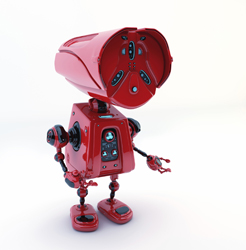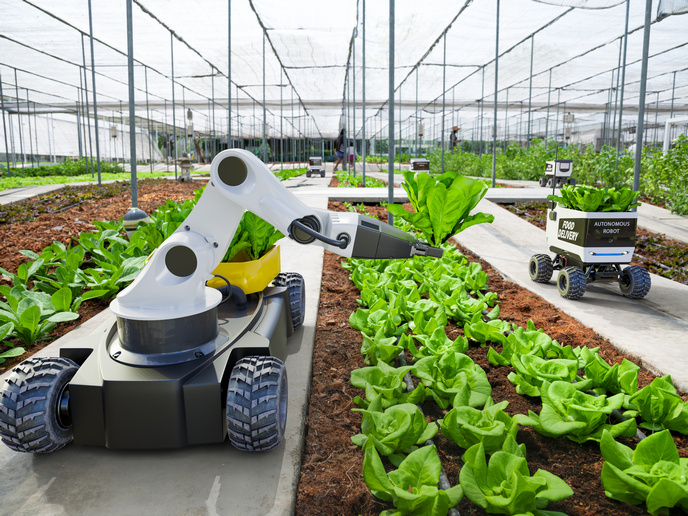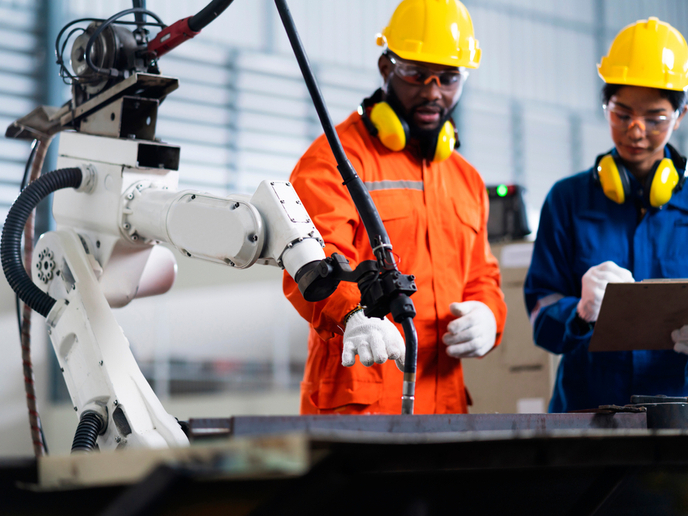Predicting robotic motion and disease inheritance
The topic of probabilities can be a daunting mathematical course for most. It is, in fact, something used quite commonly in everyday life where an estimate of the likelihood of an event occurring is provided – witness the weather report and probability of rain or the probability of getting a job offer. Probabilistic models are widely employed in science in real-world situations such as cognitive thought processes, data mining and the like. They predict or estimate the likelihood of something happening (basically, of a variable having a certain value) based on previous data. This is often done by a process called approximate inference. Given that approximate inference techniques are important in many real-world applications, development of improved techniques will lead to better solutions to such problems. European researchers wanting to develop probabilistic models and approximation techniques applicable to robotics and bioinformatics (genetic data models) initiated the ‘Approximate inference in probabilistic models’ (Infprobmod) project. Scientists successfully developed a method for segmenting time-series data (data that is changing over time) such as that relevant to human movement. The numerical technique should be important in generation of basic movement libraries relevant to the robotics field. The researchers also extended a popular genetic model to include mother-father-child relationships, opening the door to more general analysis of genetic data from related individuals. The model is particularly relevant to complex inherited diseases. Both models were carefully implemented with user-friendly software requiring minimal human intervention or knowledge of modelling. Infprobmod results should be welcomed by both the robotics and the genetic modelling communities with important implications for extension to numerous other similar mathematical models.







